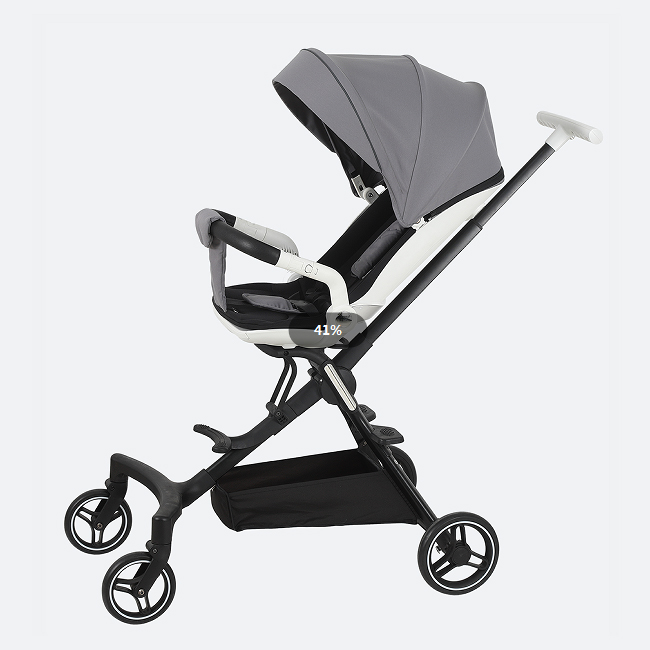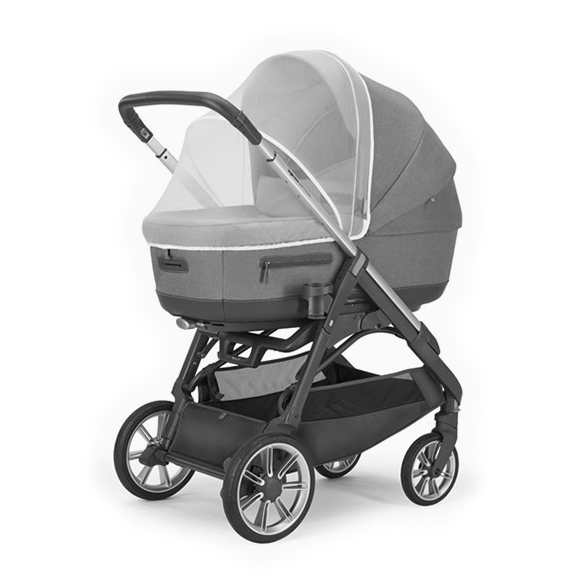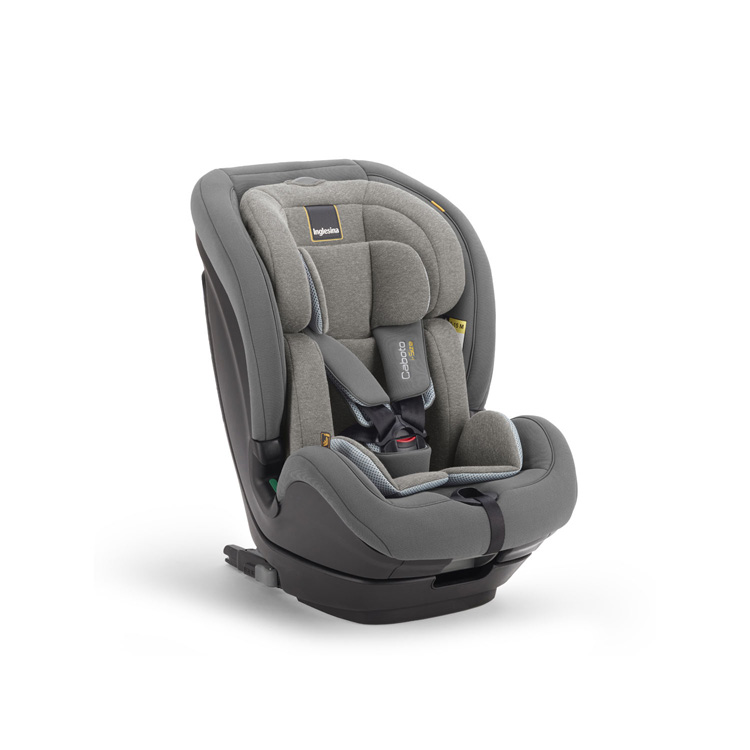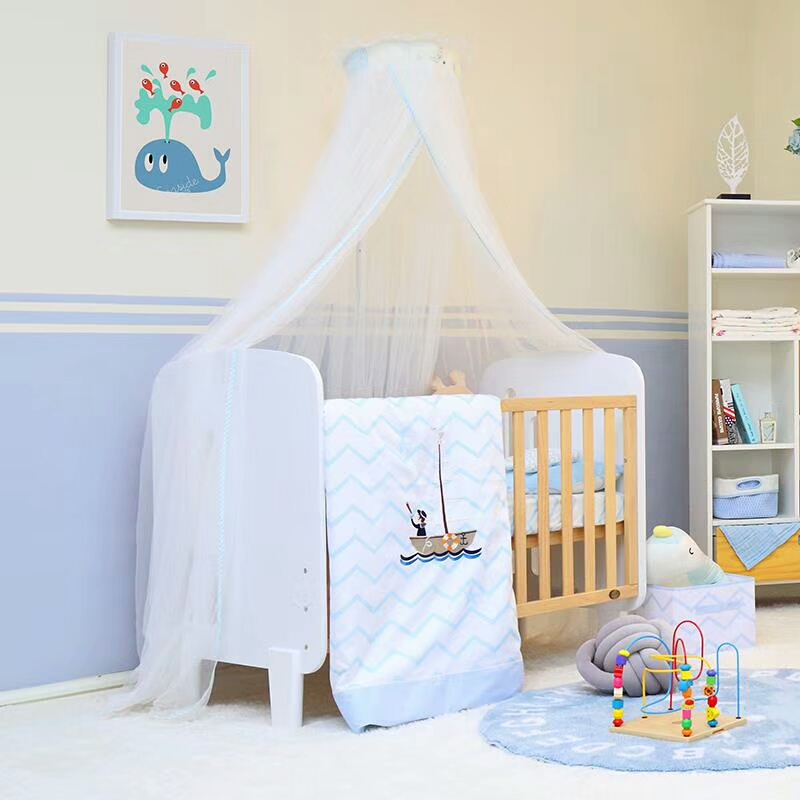Baby Stroller Safety Checklist: Ensuring Your Little One's Ride is Secure
As parents, we use strollers daily, but have you ever stopped to check if yours is truly safe? Strollers gradually wear down with regular use, potentially developing hidden safety hazards. Here’s a practical self-inspection checklist to help keep your stroller in safe condition.

Why Regularly Check Your Baby Stroller?
A stroller is your baby’s "mobile throne," carrying them through precious early moments. However, screws can loosen, parts can wear down, and what might seem like minor issues can lead to serious risks in daily use. Regular checks not only prevent accidents but also extend the stroller’s lifespan.
Baby Stroller Safety Self-Checklist
1. Structure & Stability
Frame Inspection: Carefully examine the entire frame for cracks, rust, or deformities.
Connection Points: Check that all joints and connectors are secure with no looseness.
Screws & Bolts: Ensure all screws and bolts are tightened and none are missing.
Stability Test: Gently shake the stroller to check for unusual wobbling or instability.
2. Harness System
5-Point Harness: Make sure all buckles open and close properly.
Strap Integrity: Look for signs of wear, tearing, or aging on the harness straps.
Length Adjustment: Test the strap adjustment mechanism for smooth operation.
Attachment Strength: Tug firmly on the straps to confirm they’re securely fixed to the frame.
3. Braking System
Function Test: In a safe area, test the brakes to ensure the stroller comes to a complete stop.
Pedal/Lever Check: Confirm the brake pedal/lever isn’t damaged and operates smoothly.
Lock Mechanism: Verify that the stroller doesn’t slide when the brake is locked.
4. Wheels & Steering
Wheel Security: Pull each wheel to ensure it’s firmly attached.
Tire Wear: Check tire treads for signs of wear.
Steering Flexibility: Test that the stroller turns smoothly without sticking.
Wheel Spin: Lift the stroller and spin each wheel to check for smooth rotation.
5. Fabric & Seat
Material Condition: Inspect the seat fabric for tears or damage.
Attachment Points: Ensure the fabric is securely attached to the frame.
Adjustable Parts: Test the recline function (if available) for proper operation.
Seat Stability: Press down on the seat to check for unusual sagging.
6. Folding Mechanism & Locks
Folding Safety Lock: Check that the primary locking mechanism works correctly.
Accidental Folding: Ensure there’s a secondary safety lock to prevent accidental folding.
Operation Test: Open and close the stroller multiple times, confirming it locks securely each time.
7. Canopy & Accessories
Canopy Frame: Check the canopy for cracks or bending.
Sturdiness: Make sure the canopy is securely attached.
Storage Basket: If equipped, inspect the basket’s weight capacity and attachments.
8. Overall Safety Check
Sharp Edges: Run your hand over all edges to ensure there are no sharp parts.
Pinch Points: Check for gaps (between 5-12mm are most dangerous) that could pinch little fingers.
Labels & Instructions: Confirm all safety warning labels are legible and intact.
Common Red Flags
Stop using the stroller immediately if you notice:
Visible cracks or deformities in the frame
Loose or detaching wheels
Harness buckles that won’t lock properly
Brake failure
Inability to lock securely in the open position
Daily Safety Tips
Quick Checks: Test brakes and harness before each use.
Avoid Overloading: Don’t hang heavy bags on the stroller, as this can affect stability.
Clean Regularly: Sand and dust can accelerate wear on moving parts.
Follow Weight Limits: Never exceed the manufacturer’s recommended weight capacity.
Repair Promptly: Address small issues immediately before they become big problems.
When Should You Replace a Stroller?
Consider replacing your stroller if:
It has been in a significant accident or collision
Critical components are damaged and cannot be repaired
The manufacturer has issued a recall notice
The stroller has reached the end of its service life (typically 5-8 years; check the manual)
Your child’s safety is no small matter. Taking a few minutes to regularly inspect your stroller can make every journey a safer and more pleasant experience.






